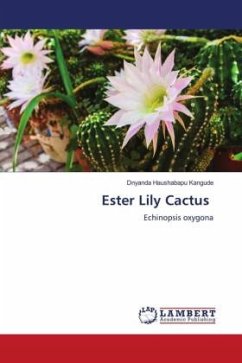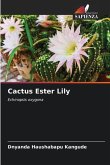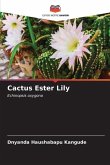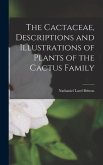A bitsy filamentous fungus was shown to be an etiological agent of the lesions on the Easter Lily Cactus( Echinopsis oxygona), represented by white-unheroic abrasion and internal spoilage. Phenotypic and molecular studies have led to the identification of the fungus as Fusarium oxysporum. It's presumably the first report ofF. oxysporum as a pathogen of this popular house factory. This fungus is a soil- born species with poison- producing parcels, and may infect shops, creatures and humans. Houseplants generally enhance the inner air quality, still, it should be noted that factory infection with fungal phytopathogens may not only reduce their aesthetic value, but also lead to air impurity with mycotoxins and fungal structures. Since it has been proved that the exposition to similar pollutants may lead to the sick structure pattern, our unborn studies will include the correlation between houseplants, their infections with pathogenic fungi, and inner air quality.








